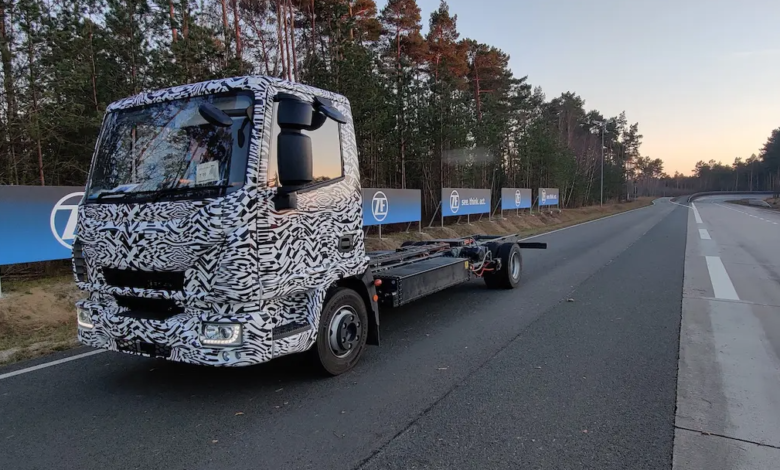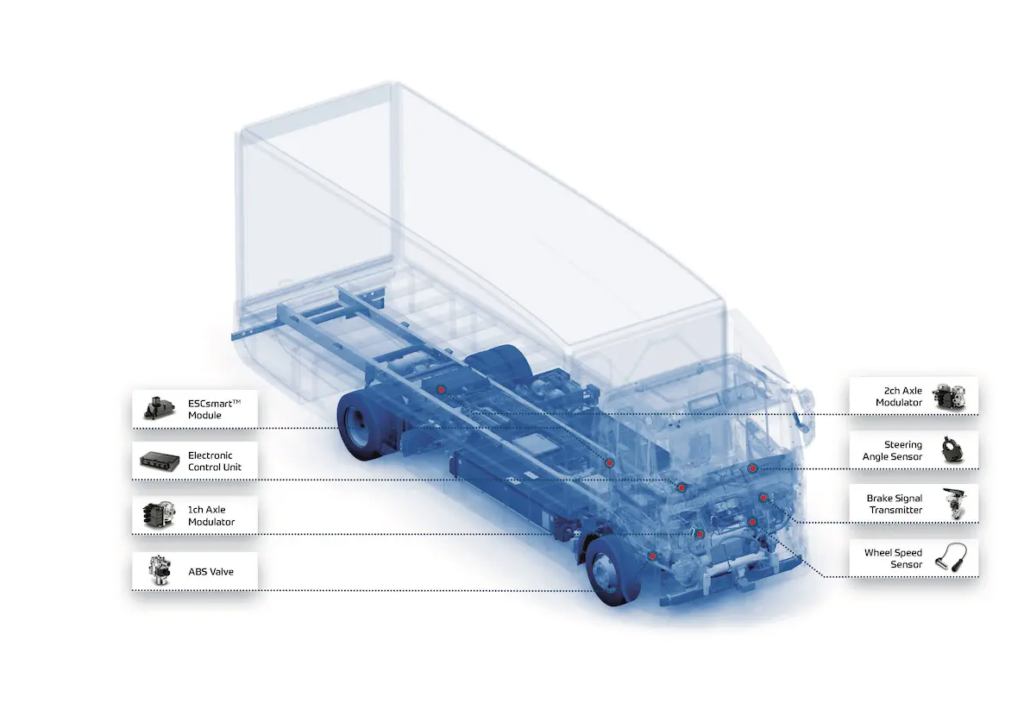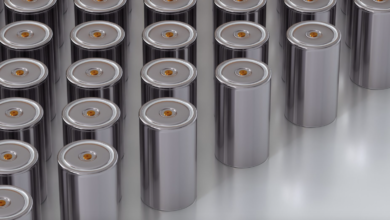Regenerative braking multiplies efficiency by 4

Thanks to the integration of EBS recovers 4 times more energy
– Regenerative braking multiplies efficiency by 4, helping electric mobility to further extend its range. Thanks to the British vehicle manufacturer Tevva who successfully completed the development of a new energy recovery system for its 7.5 tons battery electric truck. The company has partnered with German automotive supplier ZF to integrate the latter’s electronic brake system (EBS-Electronic Brake System) into the Tevva plant. For a final result that increases efficiency while ensuring the highest levels of safety and responsiveness.
What is regenerative braking?
Regenerative braking is an energy recovery mechanism that slows a moving vehicle by converting its kinetic energy into a form to be used immediately or stored until the moment of need. In this mechanism, the electric traction motor uses the momentum of the vehicle to recover energy that would otherwise be lost in the form of heat on the brake discs. The invention dates back to the end of 1800 and has had a long understanding in terms of applications, with the tramway and railway sector. And today many electric and fully electric hybrid vehicles employ this system in combination with friction braking (necessary mix as the electrodynamic brake fails to keep the medium in stop).
The new Tevva-ZF system

Companies have adapted ZF’s electronic brake system for use with Tevva’s combined regenerative and compressed air braking system. The EBS electronically divides the braking input into a mix between the conventional air friction system and regenerative braking, offering better response and higher safety.
“When you press the brake pedal, most of the ‘braking’ is handled by regeneration, which means that the driving system slows the vehicle down,” explained Uzair Jilani, chief engineer of transmission and braking systems at Tevva. “The conventional braking system is still needed to stop the truck completely, but this double level of safety is an excellent help for more efficient driving. It also means that the hardware is less stressed to extend the life of the system in the long run”.





